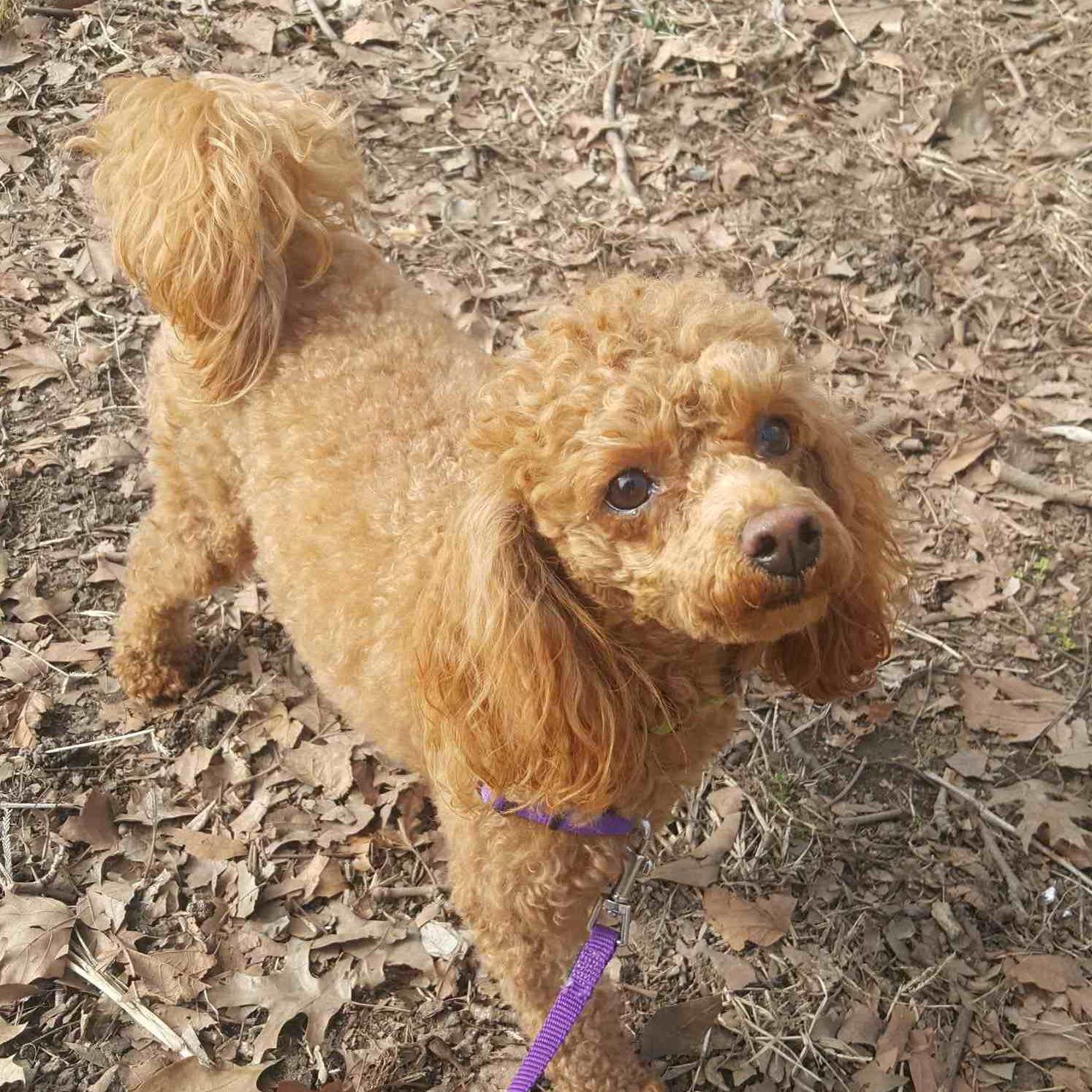
For many dogs, walks are not just for exercise and exploration; they are essential for bathroom breaks, especially for those living in cities without yard space. If your dog doesn’t cooperate during walks, it can be frustrating. Here are some tips to help your dog understand and meet your expectations.
Training Your Dog
Use Training Techniques:
Training your dog to pee on a walk is similar to teaching other commands like “sit.” It requires patience, encouragement, and consistency.
Prepare for training sessions with treats and a command word. Use the treats as a reward for successful actions and the command word to communicate your wishes.
Positive Reinforcement:
Praise your dog when they pee outside and give treats immediately. This helps your dog associate the action with a positive outcome.
Avoid negative reactions such as scolding or yelling. These can make your dog fear walks and the outside world.
Patience and Comfort:
If your dog doesn’t go right away, give them a few more minutes. Rushing them can be counterproductive.
Consider your dog’s comfort. Busy areas might make your dog uncomfortable. Walk to a quieter location to provide a sense of privacy.
Establishing a Routine
Consistency is Key:
Dogs thrive on routines. Consistently reward your dog for peeing outside and avoid rewarding them for not peeing. Mixed signals can confuse your dog.
Regular walks help dogs understand when and where they should go. Establish a routine where your dog can predict their bathroom breaks.
Frequency of Walks:
Adult dogs should be walked every four to five hours to do their business. Puppies older than four months need to be let out more frequently, at least once every three hours.
Puppies under four months or new to the home should go outside every hour or every other hour to avoid accidents and reinforce training.
Prime Times for Bathroom Breaks:
Take your dog outside when they wake up, before bed, and when you come home. These are key times when dogs need to relieve themselves.
Swifto's Dog Walking Services
Consistent training and a regular routine can help your dog learn to pee on walks. If you're looking to schedule a dog walk, Swifto can help. Our professional dog walkers understand the importance of routines and can assist in training your dog to meet their bathroom needs on walks.
Looking to schedule a dog walk? Visit Swifto today to book a walk and ensure your dog gets the exercise and bathroom breaks they need.
Written by: Callie T.

